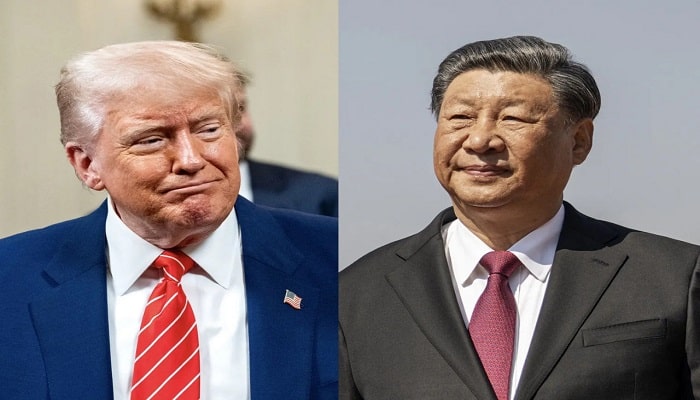PNN – Ahead of the US and Chinese leaders’ meeting on the sidelines of the Asia-Pacific Economic Cooperation (APEC) summit in Gyeongju, the two sides are expected to reach an agreement to reduce tensions; however, analysts say that possible concessions are more aimed at preventing a re-escalation of differences and that a structural solution to the challenges between the two countries seems unlikely.
According to the report of Pakistan News Network, As Donald Trump and Xi Jinping meet on the sidelines of the APEC summit; Washington and Beijing are in a position that could lead to a kind of “temporary political and economic truce.” However, experts are skeptical about the deep and long-term achievements of the meeting.
The US Treasury Secretary announced that he expects China to postpone imposing some restrictions on the export of rare earth elements, and Trump’s threat to impose a 100% tariff on Chinese goods will also be effectively removed from the agenda. However, these measures, at best, will only prevent further escalation of tensions and will not result in a significant change in current tariffs, sanctions, and export controls.
Read more:
Since the resumption of tensions in May, the average US tariff on Chinese goods has remained at more than 55%, while the average Chinese tariff on US goods has been reported to be around 32%. During this time, Washington has placed numerous companies on risk lists and banned the export of some chips and equipment related to artificial intelligence. China has also designated a list of US companies as “unreliable entities” and imposed restrictions on the export of several rare earth elements and metals.
Trade statistics show that economic relations between the two countries have suffered a significant decline since Trump returned to the White House; Chinese exports to the United States fell by 27% in September, and Chinese imports from the United States have also been on a downward trend since April.
Experts believe that a potential agreement between the two countries could reduce downside risks in the short term and ease pressures for at least a year or more, especially if China continues to manage the supply of critical materials such as rare earth elements. However, even if positive tactical results are achieved, an end to the trade war or a comprehensive agreement between Washington and Beijing seems unlikely in the short term, and the talks are likely to continue on a long, step-by-step path.
Overall, the outcome of the meeting between Trump and Xi on the sidelines of the APEC summit is expected to be agreements to prevent escalation of tensions and keep communication channels open; however, the structural differences and strategic competition between the two great powers, rooted in issues of security, technology, and global influence, will remain.

